Gannon wants Iowa voters to send a message to Washington D.C.
By James Grob, jgrob@charlescitypress.com
Tim Gannon believes those currently in charge in Washington aren’t paying enough attention to Iowa farmers, and he thinks it might take an election to get them to wake up.
“I’m running for secretary of agriculture because I want to make sure that everyone in agriculture sees the benefit of making an honest, decent living,” Gannon said. “That’s made harder these days with what’s going on in Washington, D.C.”
Gannon talked with about a dozen people at a “meet and greet” event Thursday at Aroma’s in Charles City. He was unchallenged in the Democratic primary and faces incumbent Republican Mike Naig in the general election on Nov. 6.
Gannon said the differences between him and Naig are clear.
“I’d be a lot more vocal calling out the administration, putting Iowa issues and concerns before politics,” Gannon said. “I think, for all of the talk we’ve heard from our elected officials about the great relationship and line of communication we have with the Trump Administration, we haven’t gotten very much for it.”
Gannon said a strong turnout in November could change that.
“It may take some electoral consequences for the administration to realize the detrimental effects of their policies,” he said. “The federal government does respond to what happens in elections out here in the states. Iowans have an opportunity this year to send a message to Washington, DC, that we didn’t sign up for bad trade policies.”
The Trump Administration installed a series of tariffs through the spring and summer with China, the European Union and NAFTA trading partners Canada and Mexico. Gannon said that it was a mistake for the Trump Administration to open up “four or five trade disputes at the same time.”
Soybean prices were particularly hit by the U.S.-China trade war, as China purchased almost a third of the entire U.S. soybean crop, but buyers there are now searching for other foreign producer countries to avoid the added cost.
Gannon said commodity prices were already weak when Trump announced the first tariffs, but the added downward pressure on prices due to less demand could force some producers out of the industry.
“We should have focused our efforts and tried to win support from our traditional trading partners and allies, and bring that leverage to bear on China, to try and get them to change their business practices that we’re really unhappy with.”
Gannon was skeptical of President Trump’s claim earlier this week that he had successfully renegotiated the NAFTA agreement.
“They haven’t released a lot of details, because some say it’s just a handshake deal,” said Gannon, who added that he had concerns that what’s been agreed upon with the handshake will be completely different by the time it gets voted on.
“Until we have a deal that we can see, and Congress is taking action on it, there’s just a lot up in the air,” he said.
Gannon talked about a recent USDA aid package for farmers. Details on the package, released earlier this week, set aside just under $4.7 billion to pay producers of crops and livestock hit by tariffs, with rates of $0.01 per bushel of corn, $1.65 per bushel of soybeans and $8 per head for pork. The initial payments are limited to $125,000 per operation.
“I think the aid package they announced a couple weeks ago, and the payments they announced this week — all of that is a realization that they’re doing damage to the ag economy right now,” he said. “Even if we wave a magic wand and all those trade issues go away, it doesn’t mean we’re going to get all those markets back. We may get shut out of some markets. I hope that’s not the case.”
Gannon also discussed conservation issues.
In 2010, Iowa voters overwhelming voted to amend the Iowa Constitution, which meant the the first 3/8-cent of the next sales tax increase will be placed in the trust fund and spent on Iowa’s natural resources and outdoor recreation needs. But eight years later, the Iowa Legislature has yet to increase a sales tax. Gannon said he would be in favor of doing that.
“I believe that we should raise that sales tax by a penny so we can get that 3/8 cent to put into conservation efforts, and Mike Naig says he doesn’t favor that,” Gannon said.
From Mingo, Gannon farms with his dad and cousin on the family’s Century Farm in Jasper County, along with his wife, Liz, and their baby daughter.
Gannon worked for former Iowa governor and U.S. Secretary of Agriculture Tom Vilsack in various positions focused on improving risk management options for farmers and ranchers, creating jobs in rural communities, and improving the delivery of USDA services and programs to all Americans. He also helped USDA Rural Development implement an expanded business loan program improving its delivery in all 50 states.
“I think that gives me the experience and the knowledge — especially if the ag economy is still soft next year and we’re still seeing lingering trade issues, and the administration is still pursuing corn and biofuel policies that keep the price of corn and beans down — I think I’ll be ready to go to work for folks day in and day out,” Gannon said.
Earlier this week, Gannon called on the state Legislature to add $5 million to Iowa State University’s agricultural research over the next several years. Gannon said his goal is to get the state to spend around $35 million per year for ISU’s Agriculture and Home Economics Experiment Station, which manages university-led research, within the next four years. Currently, the station receives a little less than $30 million.
“The state needs to invest in research,” Gannon said. “That will send a message that we want to make sure our farmers continue to be productive, we want to make sure that we’re implementing the best conservation practices that will have the biggest bang for our buck.”

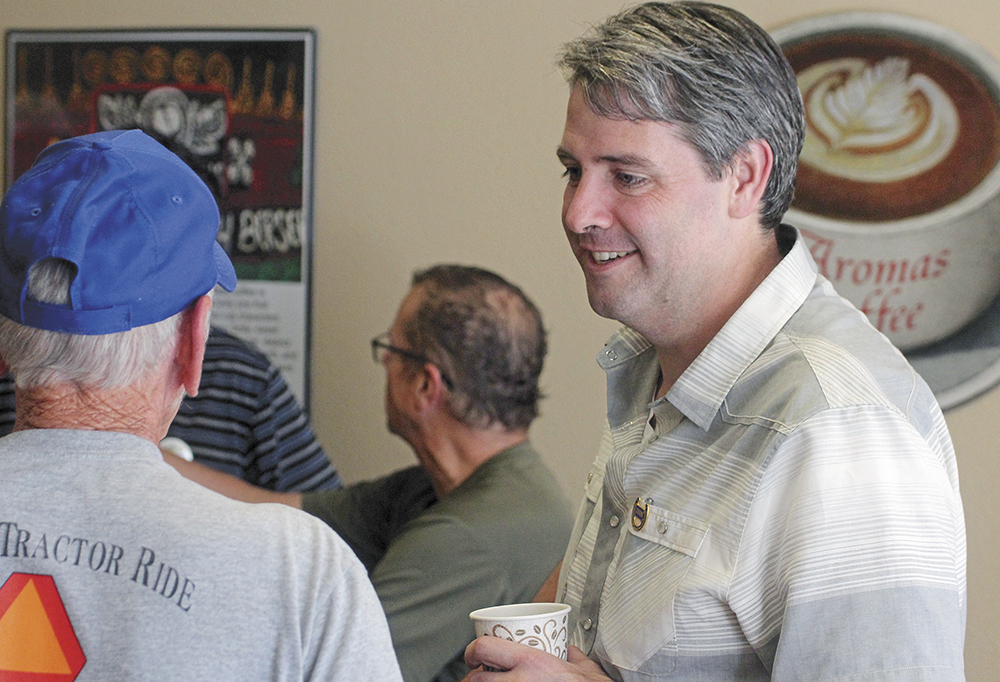
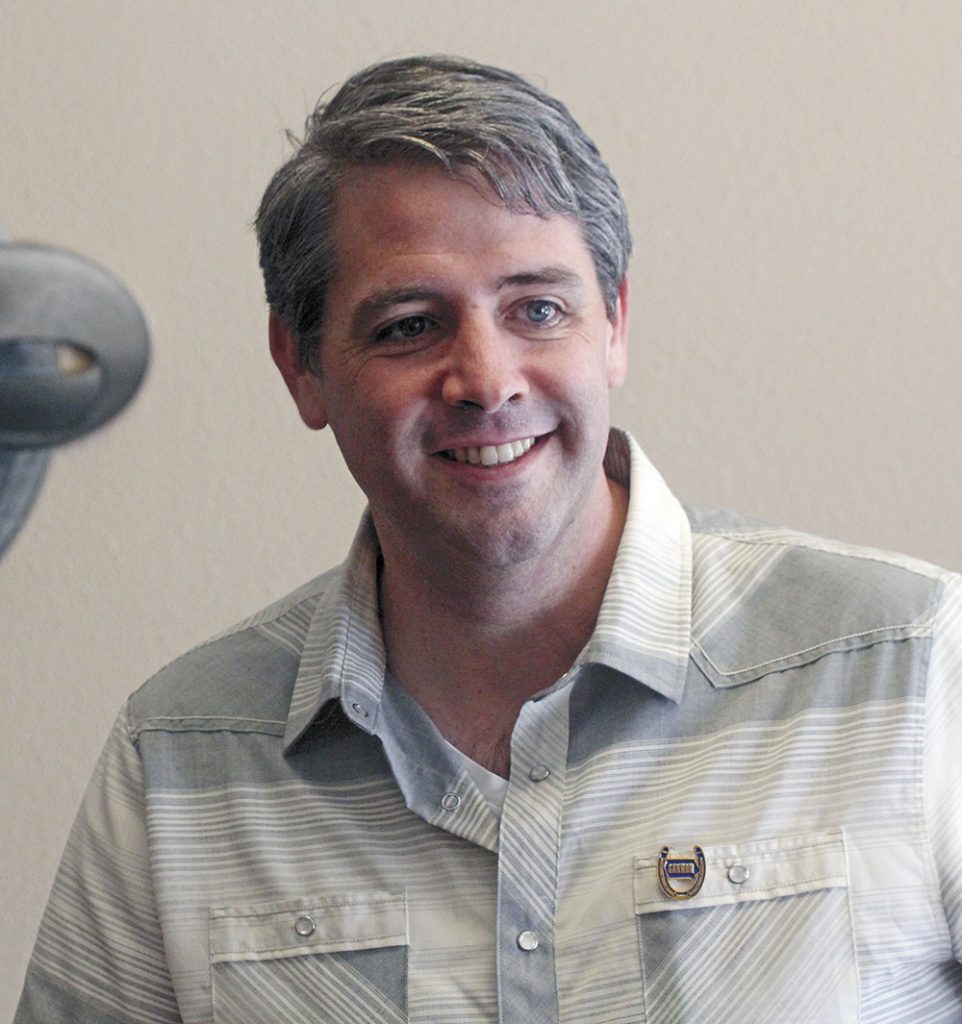

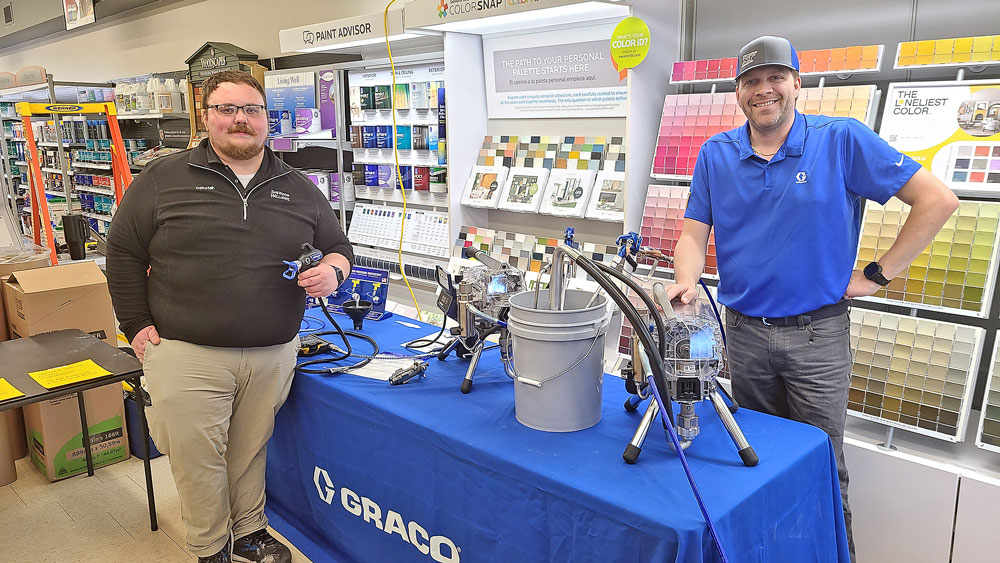
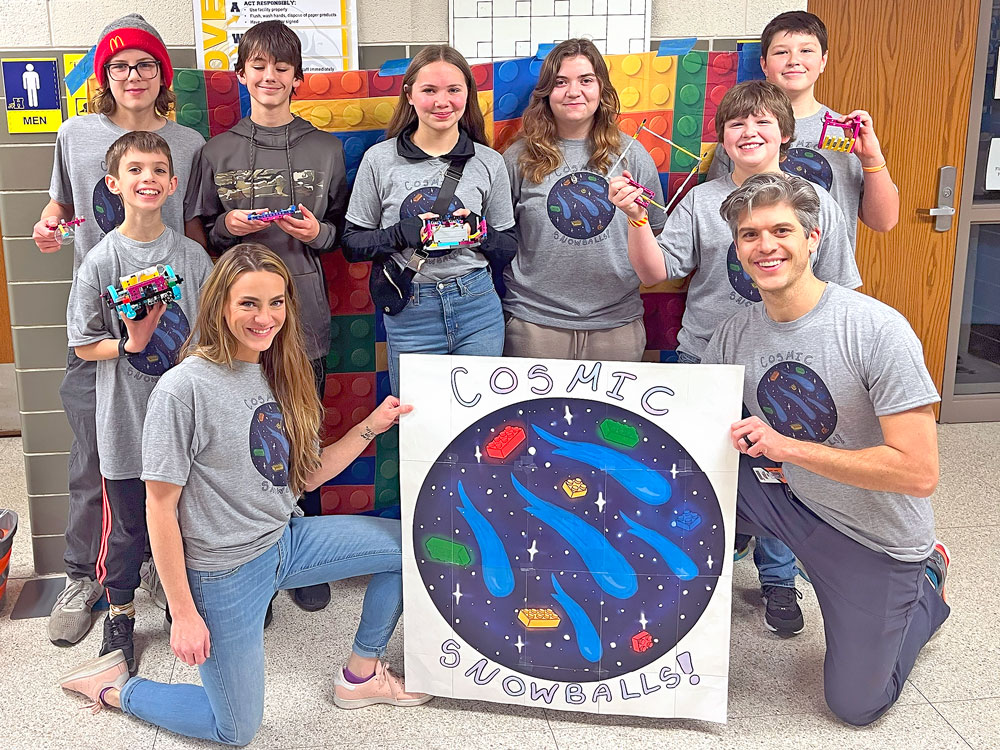

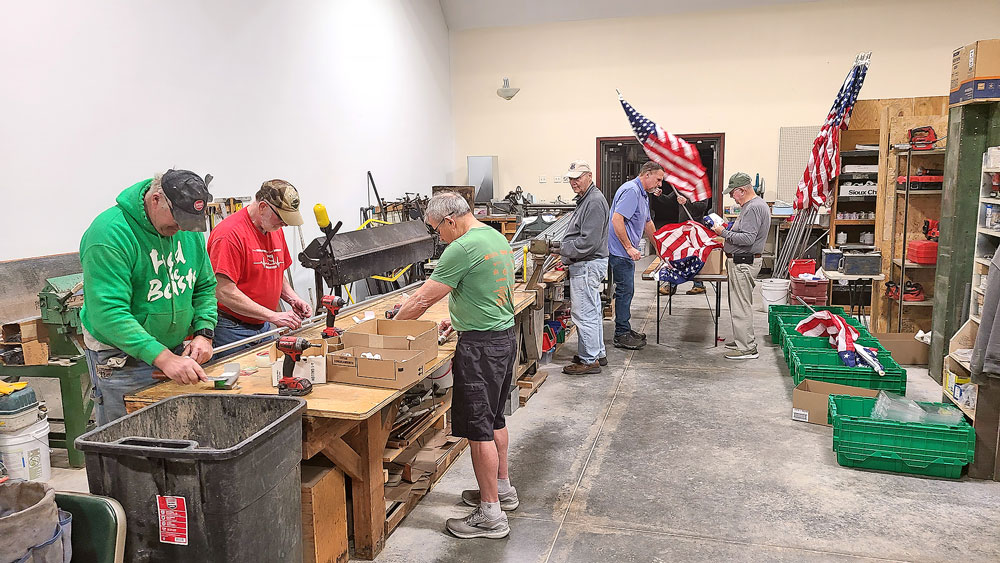


Social Share